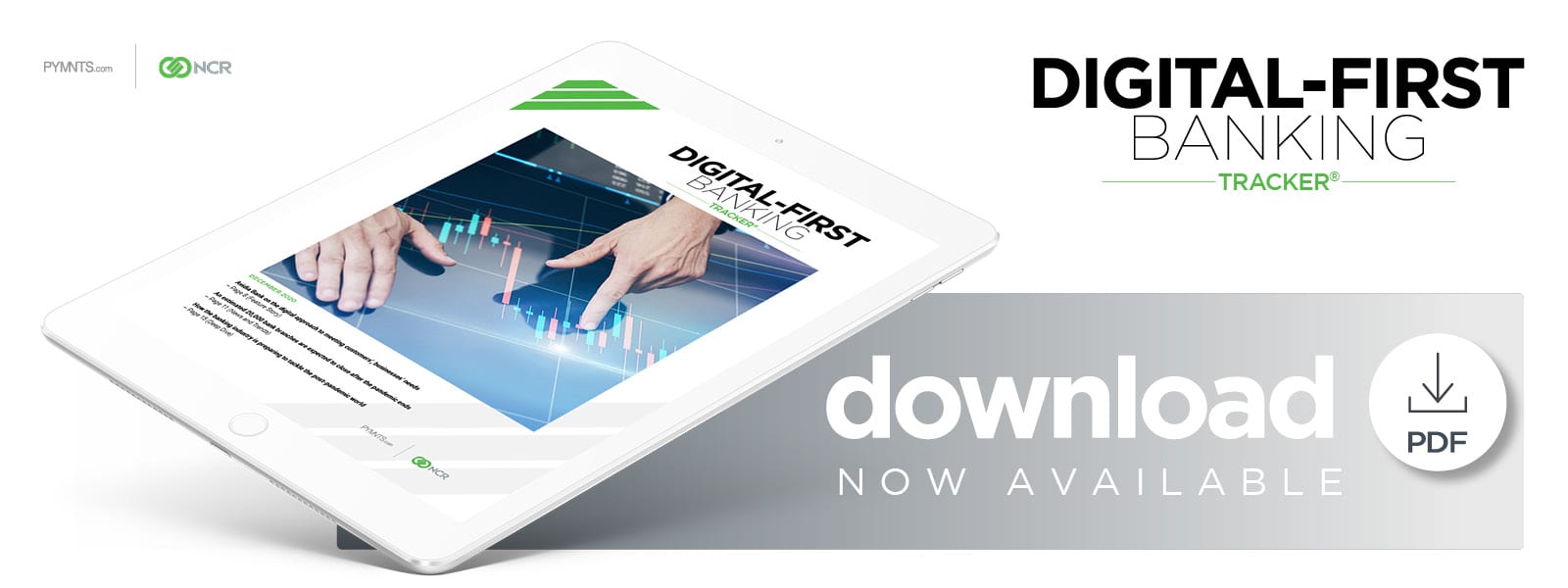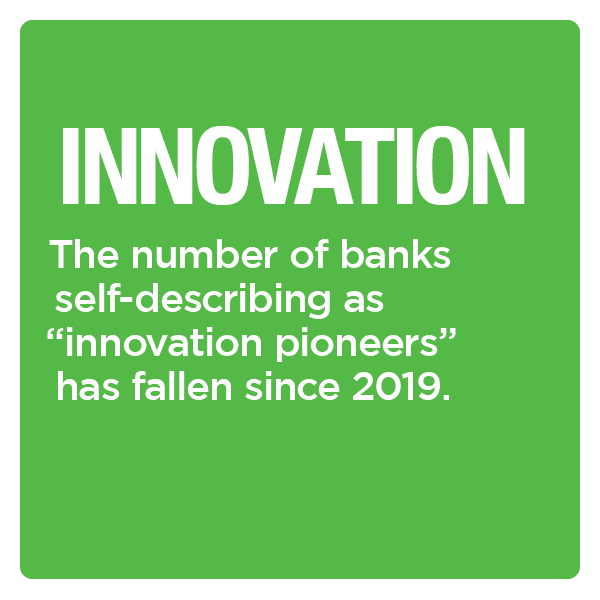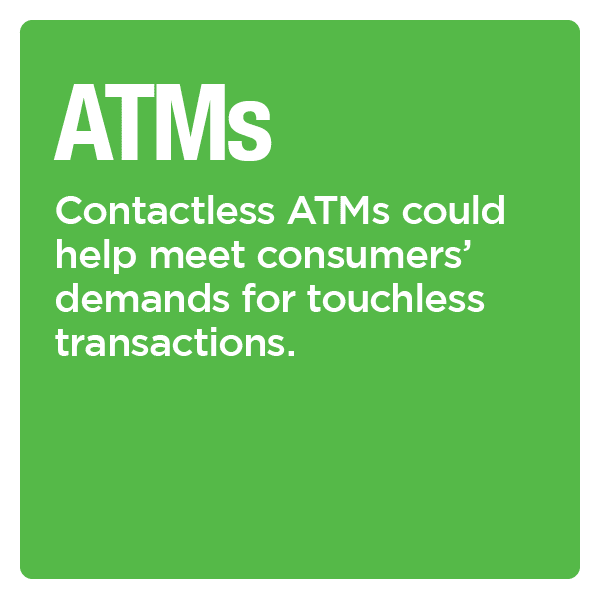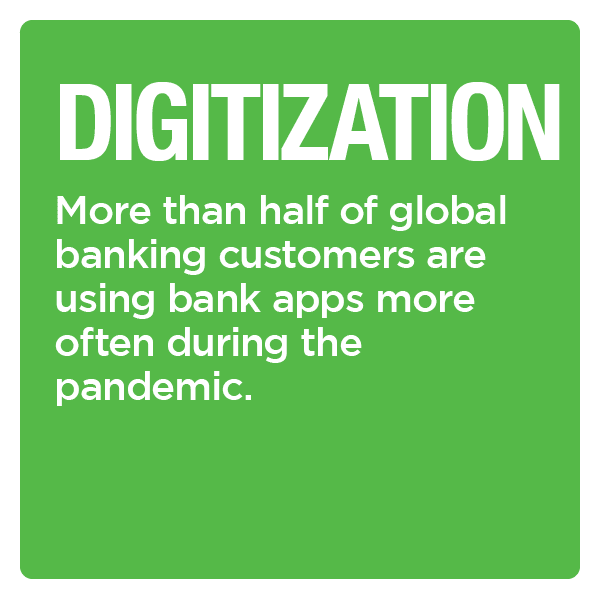Banking Customers Take The Digital Leap With Cross-Channel Outreach

 The pandemic’s end is finally in sight as vaccines are approved and distributed, but the financial industry is not out of the woods yet. More than 20,000 bank branches in the United States are expected to close by end of the year, and four U.S. banks have failed completely this year.
The pandemic’s end is finally in sight as vaccines are approved and distributed, but the financial industry is not out of the woods yet. More than 20,000 bank branches in the United States are expected to close by end of the year, and four U.S. banks have failed completely this year.
Digital experiences have become table stakes as the pandemic continues, but many customers still prefer in-branch experiences. Banks will have their work cut out for them in providing top-of-the-line services for both of these customer groups, as the banking habits formed during the health crisis are likely to become customers’ modi operandi in the post-pandemic world.
In the December Digital-First Banking Tracker®, PYMNTS explores the latest in the world of digital-first banking, including the long-term effects on the financial industry brought on by the pandemic, the technologies banks are deploying to meet customers’ changing expectations and why open lines of communication are vital to seamless omnichannel customer experiences.
 Developments From The World Of Digital-First Banking
Developments From The World Of Digital-First Banking
The pandemic is still causing casualties in the financial industry, as more than 20,000 branches are expected to close by the end of the year. These closures are, in large part, due to social distancing orders but are also the result of a years-long shift toward digital transactions. The total number of banks in the U.S. declined by 7 percent over the past five years, for example, and some credit unions are also reportedly considering more physical branch shutdowns as their members move online.
Some customers are in-branch banking loyalists, however, and financial institutions (FIs) would do well to heed their preferences. Recent research indicates that 35 percent of customers will always want access to in-branch banking services in some capacity, but 23 percent said that service should be quicker when transacting at branches. One-quarter of respondents said that they wanted shorter teller lines, while 31 percent desired longer operating hours for greater access to financial services. Many branches are deploying self-service kiosks and upgraded ATMs to meet these requests.
ATMs are expected to play a crucial role in banking’s future, in fact, but only as long as they meet customers’ rapidly changing expectations. A survey from September found that 54 percent of Americans desired contactless ways to open new financial accounts or access existing ones, and new ATMs could be perfectly suited to such requests. Some of these new machines leverage smartphone integrations that enable customer interactions, while others rely on biometric verification measures instead of PINs to verify customer identities.
as long as they meet customers’ rapidly changing expectations. A survey from September found that 54 percent of Americans desired contactless ways to open new financial accounts or access existing ones, and new ATMs could be perfectly suited to such requests. Some of these new machines leverage smartphone integrations that enable customer interactions, while others rely on biometric verification measures instead of PINs to verify customer identities.
For more on these and other digital-first banking news items, download this month’s Tracker.
Avidia Bank On Using Cross-Channel Outreach To Help Customers Take The Digital Leap
The past year has rocked the financial industry, with online banking growing more popular than ever and brick-and-mortar branches falling by the wayside. Many customers who prefer in-branch banking are struggling to keep up with new digital-first innovations, however. In this month’s Feature Story, CarrieAnne Cormier, senior vice president of retail operations and strategy for Avidia Bank, discusses why maintaining a constant line of contact with customers is critical to success in a digital-first banking space.
 Deep Dive: How The Events Of 2020 Will Affect The Future Of Digital-First Banking
Deep Dive: How The Events Of 2020 Will Affect The Future Of Digital-First Banking
The past year’s effects on the financial industry will reverberate across the space for the next several years. More customers than ever before have embraced digital banking and do not plan to alter their habits any time soon, forcing FIs to develop new digital-first innovations for their rapidly changing customer bases. This month’s Deep Dive explores how the pandemic is affecting the financial industry and details the new initiatives they are undertaking to accommodate evolving customer demands.
About The Tracker
The Digital-First Banking Tracker®, done in collaboration with NCR Corporation, is your go-to monthly resource for updates on trends and changes in digital-first banking.